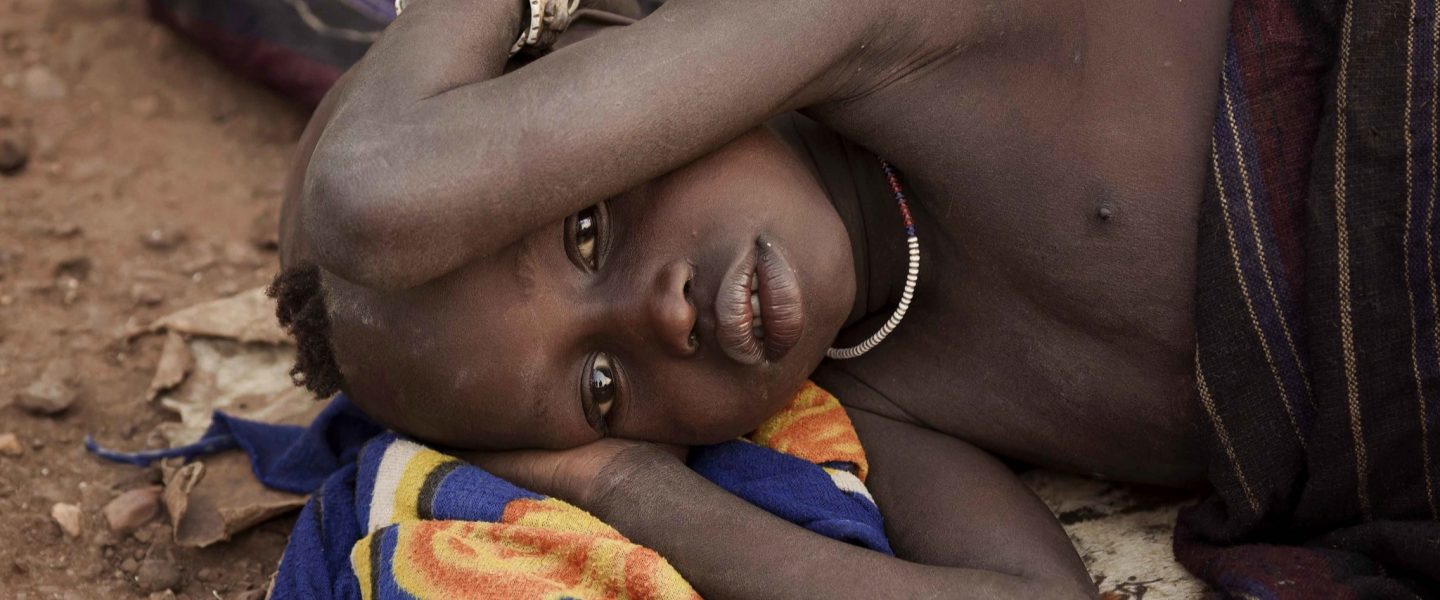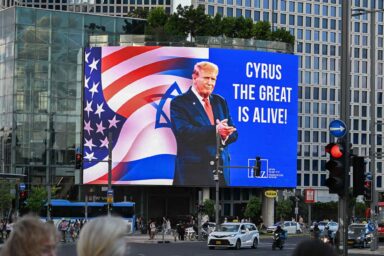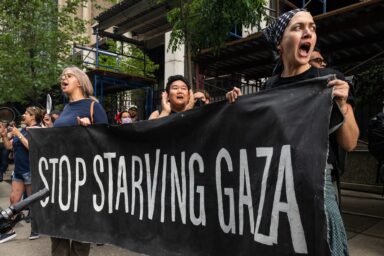The vaccine is only the second malaria vaccine WHO has recommended for use and is cheaper and easier to produce than the first.
|
Listen To This Story
|
In a major breakthrough in the fight against malaria, the World Health Organization (WHO) on Monday recommended a new vaccine for the prevention of the mosquito-borne illness in children.
Malaria kills hundreds of thousands of people each year, most of them young children.
The vaccine, called R21, was developed by researchers at the University of Oxford. It is only the second malaria vaccine WHO has recommended for use.
What could make it a real game-changer in the fight against the disease, which is responsible for about half a million child deaths annually, is that it is less expensive and easier to produce than RTS,S, the only other vaccine authorized so far.
“As a malaria researcher, I used to dream of the day we would have a safe and effective vaccine against malaria. Now we have two,” said WHO Director-General Dr. Tedros Adhanom Ghebreyesus. “Demand for the RTS,S vaccine far exceeds supply, so this second vaccine is a vital additional tool to protect more children faster, and to bring us closer to our vision of a malaria-free future.”
WHO said both vaccines are safe to use, effective in preventing the disease, and “are expected to have a high public health impact.”
According to an ongoing clinical trial, when administered right before the high transmission season, a three-dose series of R21 reduces the number of symptomatic cases of malaria by 75 percent.
That figure is similar to the efficacy of the RTS,S vaccine. The key difference between the two is that the new vaccine can be produced at a much higher volume and a lower cost.
Two years after WHO authorized the use of RTS,S, only about 18 million doses of the vaccine have been allocated for the period from 2023 to 2025. In addition, the manufacturer of the vaccine said they can only manufacture about 15 million doses annually.
It’s a different story for R21.
Here, the Serum Institute of India, which is the world’s largest vaccine manufacturer, has said it will be able to make 100 million doses annually at first and would then be able to double that production in the near future.
The first doses of the vaccine would be available in the middle of next year.
Furthermore, R21 is much more cost effective at $2-4 per dose. That is half the price of RTS,S and comparable with other childhood vaccines.
“This second vaccine holds real potential to close the huge demand-and-supply gap,” said Dr. Matshidiso Moeti, WHO Regional Director for Africa. “Delivered to scale and rolled out widely, the two vaccines can help bolster malaria prevention and control efforts and save hundreds of thousands of young lives in Africa from this deadly disease.”




